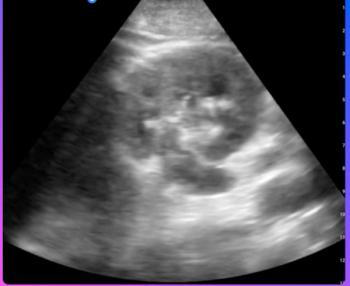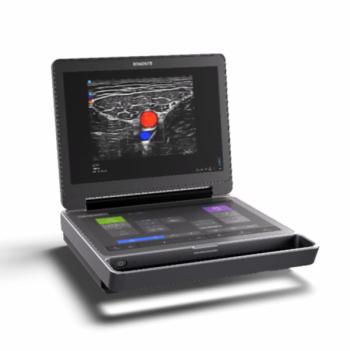
Carotid duplex ultrasound predicts cardiovascular complications
Researchers in Austria showed duplex ultrasound measurements of the carotid artery could demonstrate the progression of stenosis and predict which patients would suffer serious cardiovascular complications.
Researchers in Austria showed duplex ultrasound measurements of the carotid artery could demonstrate the progression of stenosis and predict which patients would suffer serious cardiovascular complications.
Dr. Schila Sabeti and colleagues at Medical University Vienna and Wilhelminenhospital in Vienna published their findings Sept. 20 online before print in the journal Stroke.
Of 1268 consecutive patients with no signs of carotid disease, 1065 were included in this study. Their carotid arteries were prospectively studied with duplex ultrasound exams to establish a baseline. After a median of 7.5 months - ranging from six to nine months - the tests were repeated.
The new measurements were compared with the baseline for each patient, using Doppler velocity criteria to identify those with progressive stenosis. They were then followed clinically for a median of 3.2 years to track major adverse cardiovascular events. For the purposes of this study, these included myocardial infarction, percutaneous coronary or peripheral interventions, coronary or vascular surgery, amputation, stroke, and death for any reason.
Ultrasound detected progressive carotid stenosis in 93 patients, or 9% of the total. By the end of the study, 495 major adverse cardiovascular events had been recorded in 421 patients, or 40% of the total.
Patients with progressive carotid stenosis were at significantly higher risk for major cardiovascular events than those with nonprogressive disease. They are twice as likely to experience any of the major cardiovascular events. The hazard ratio was 2.01 with a confidence interval of 95% for all major events combined and especially high specifically for myocardial infarction (2.38) and any peripheral vascular event (2.42). The hazard ratio for any coronary event was 1.59, for stroke 2.00, and for cardiovascular death 1.75 - all with a confidence interval of 95%.
The researchers concluded that duplex ultrasound sonography of the carotid artery can be used to predict midterm adverse events of atherosclerosis with just two measurements six to nine months apart.
Newsletter
Stay at the forefront of radiology with the Diagnostic Imaging newsletter, delivering the latest news, clinical insights, and imaging advancements for today’s radiologists.




























